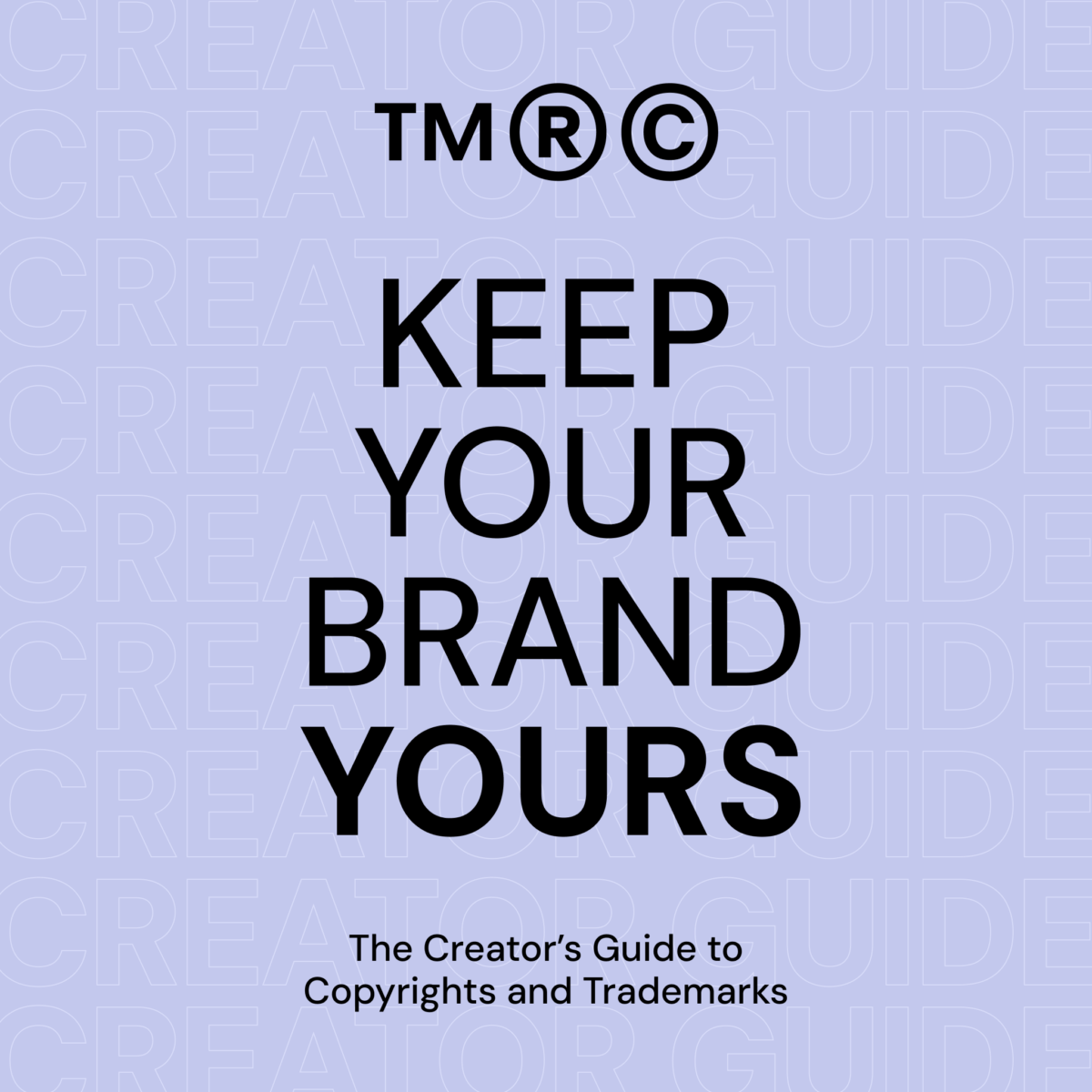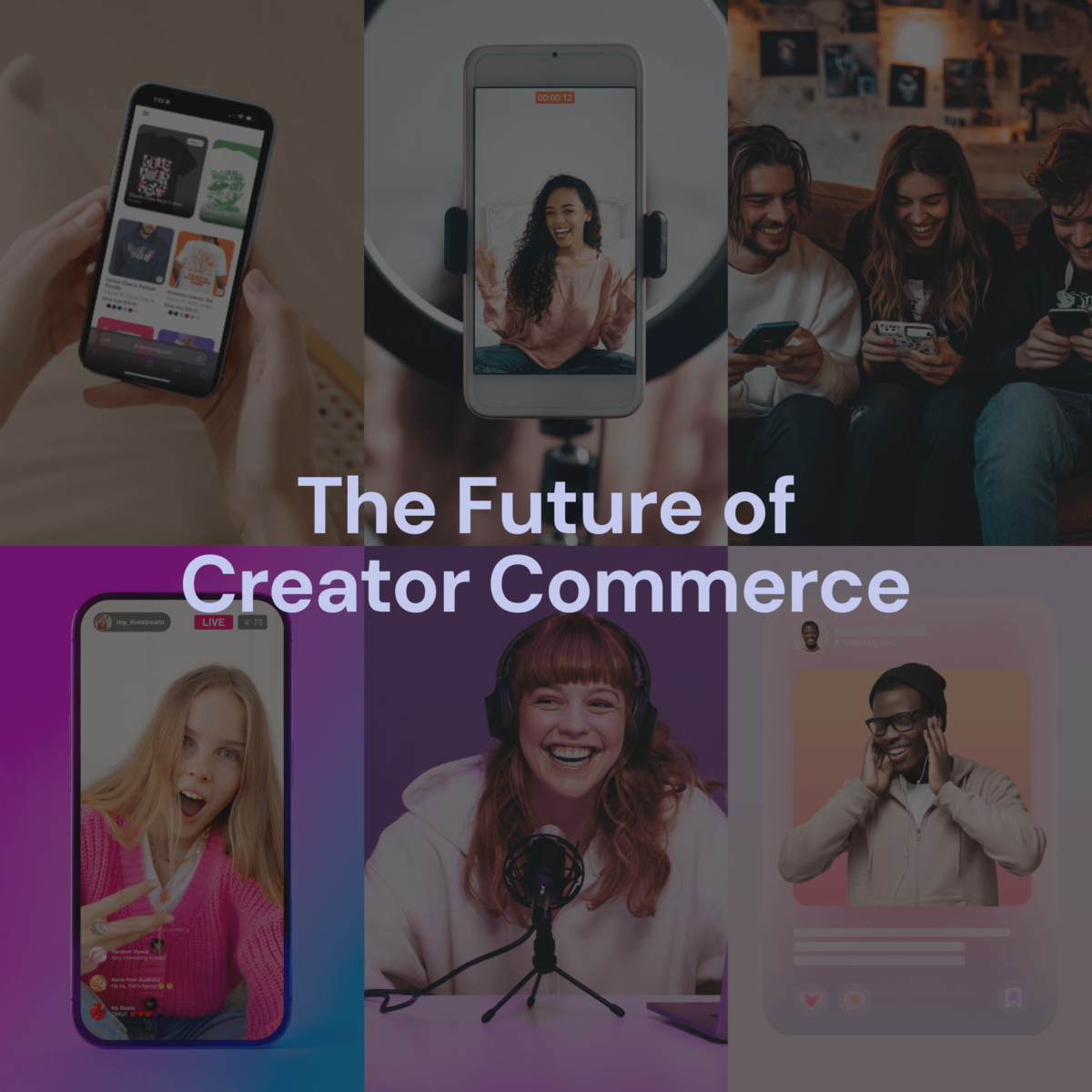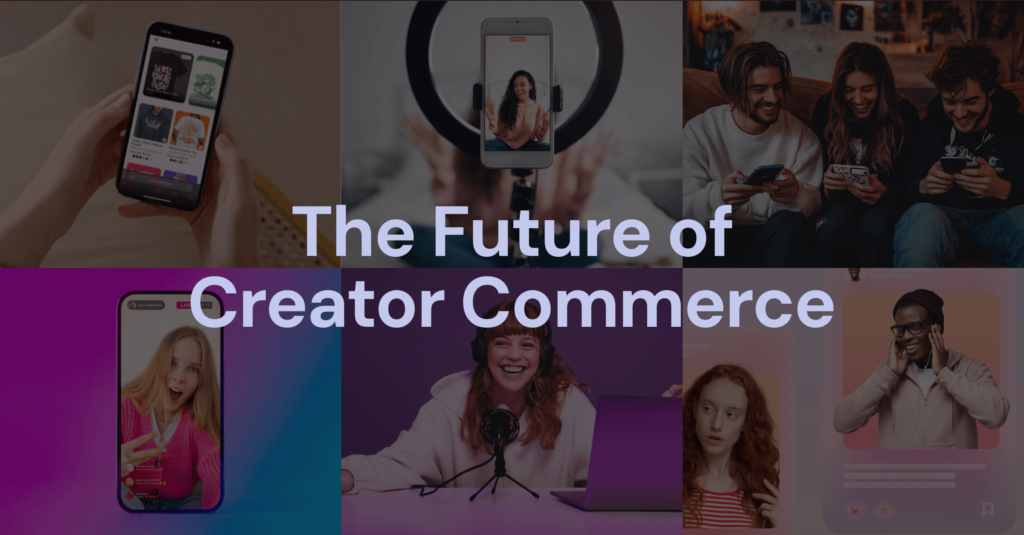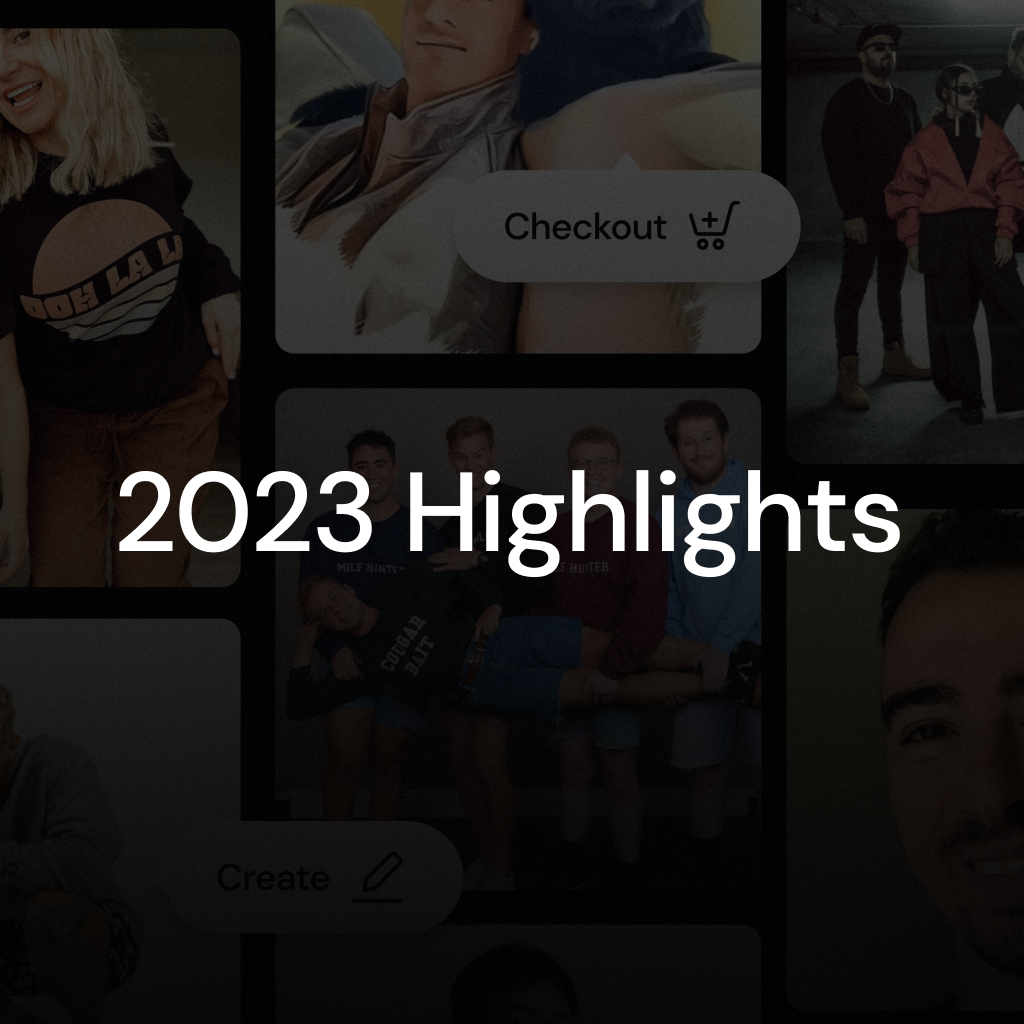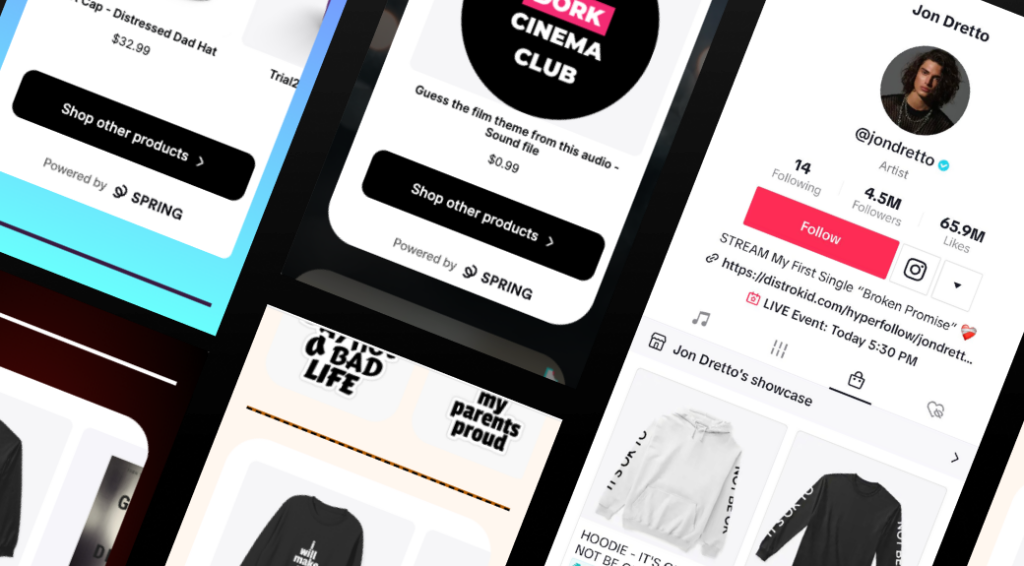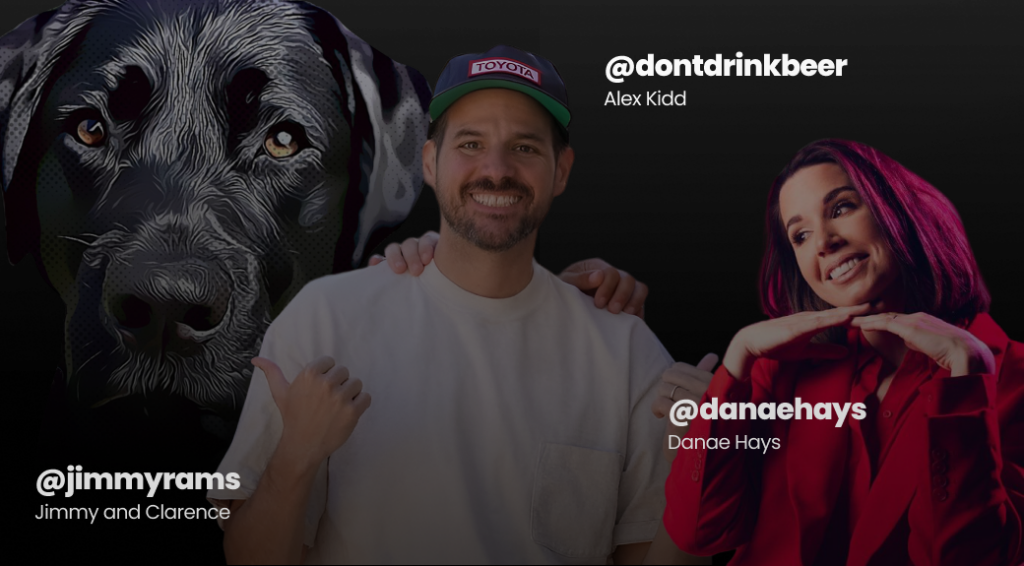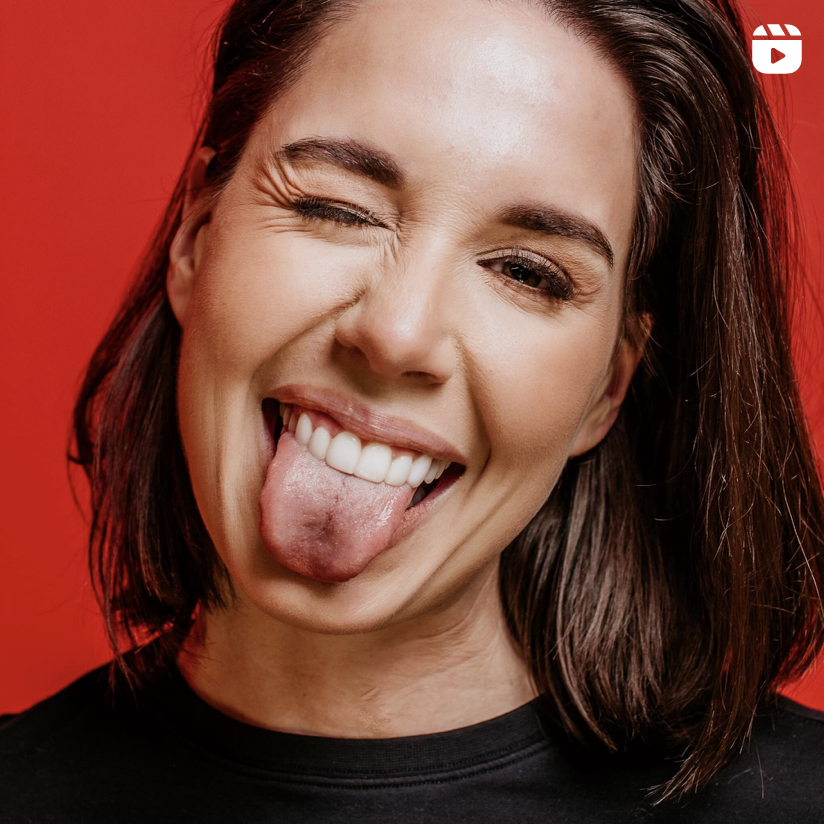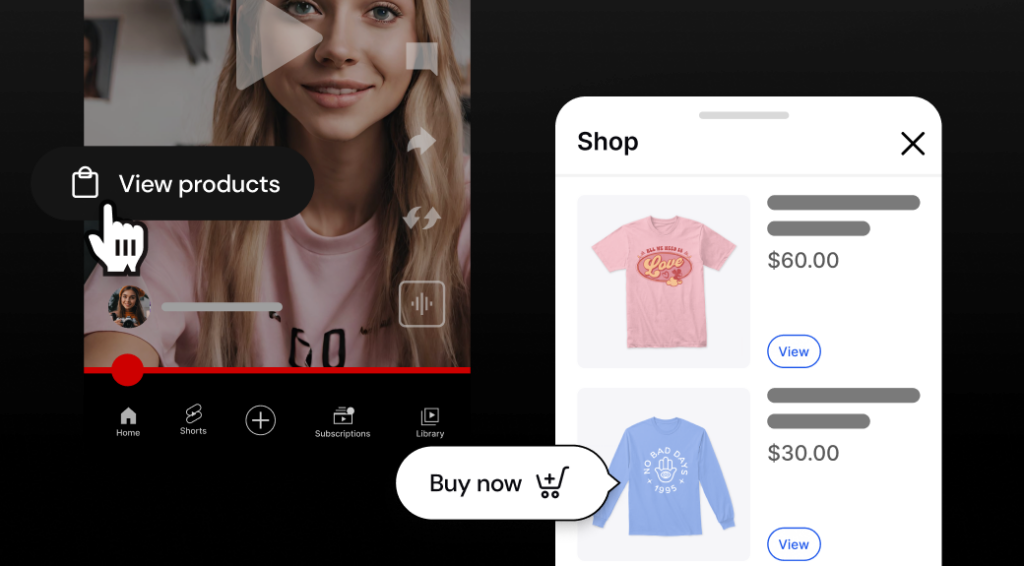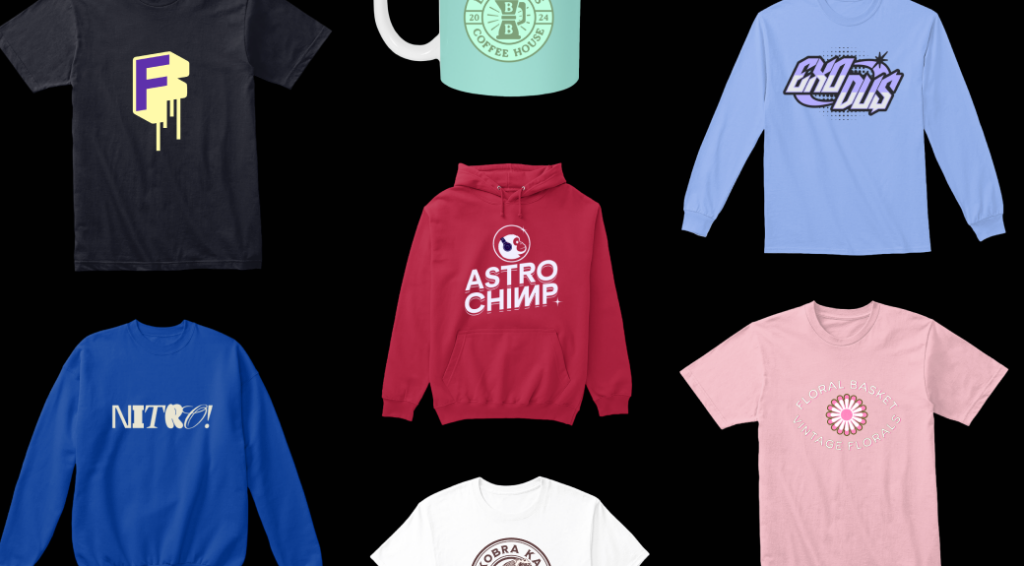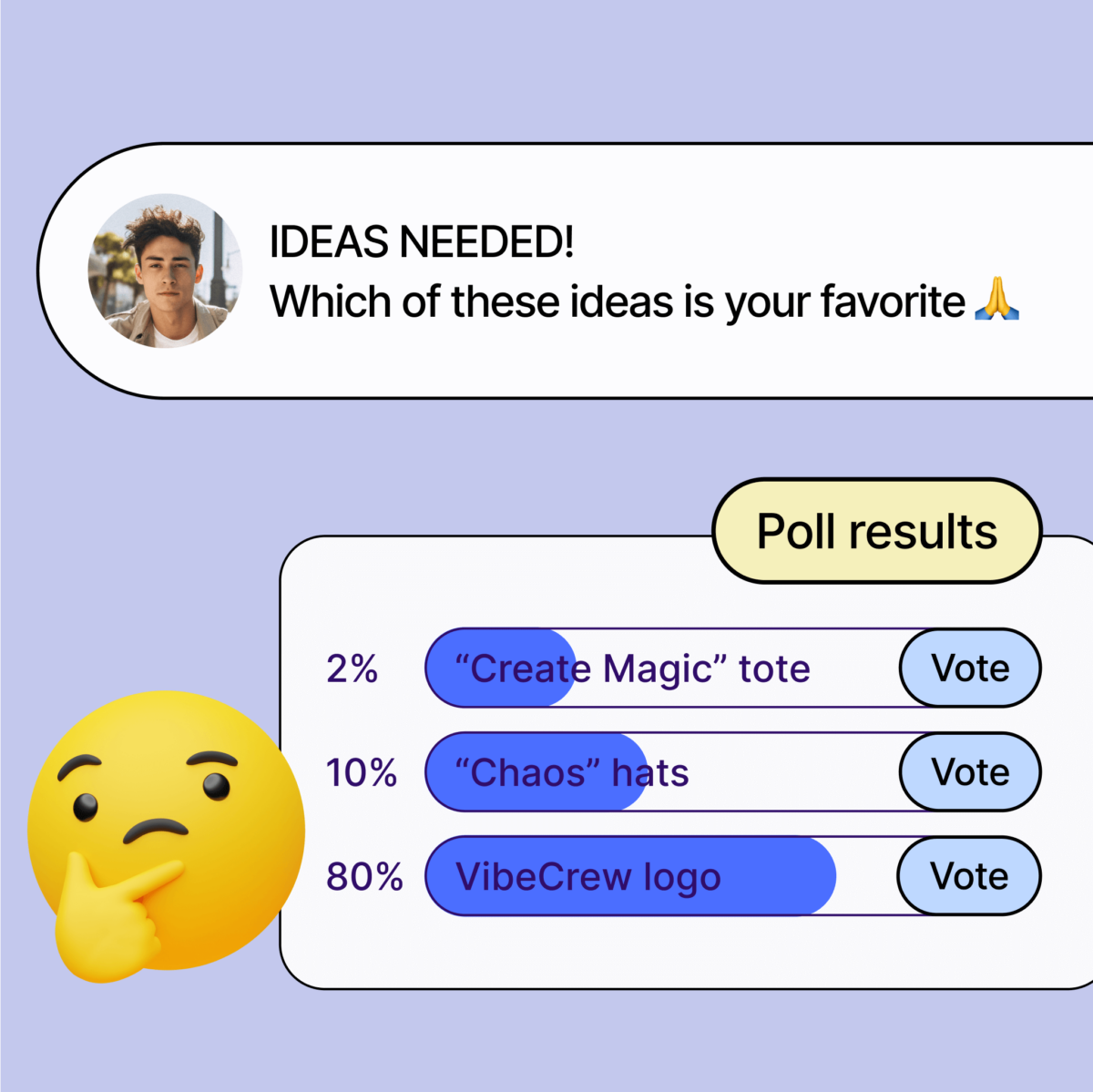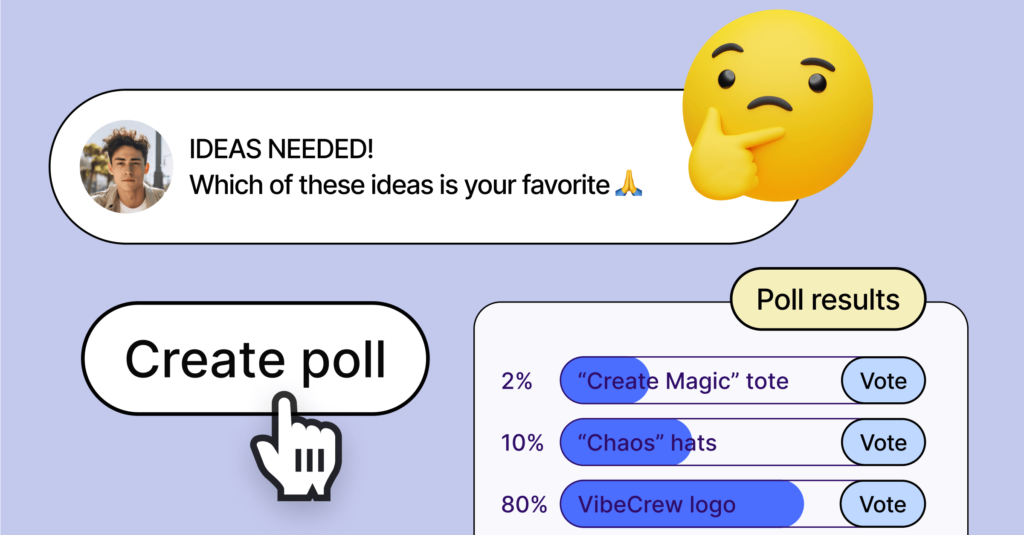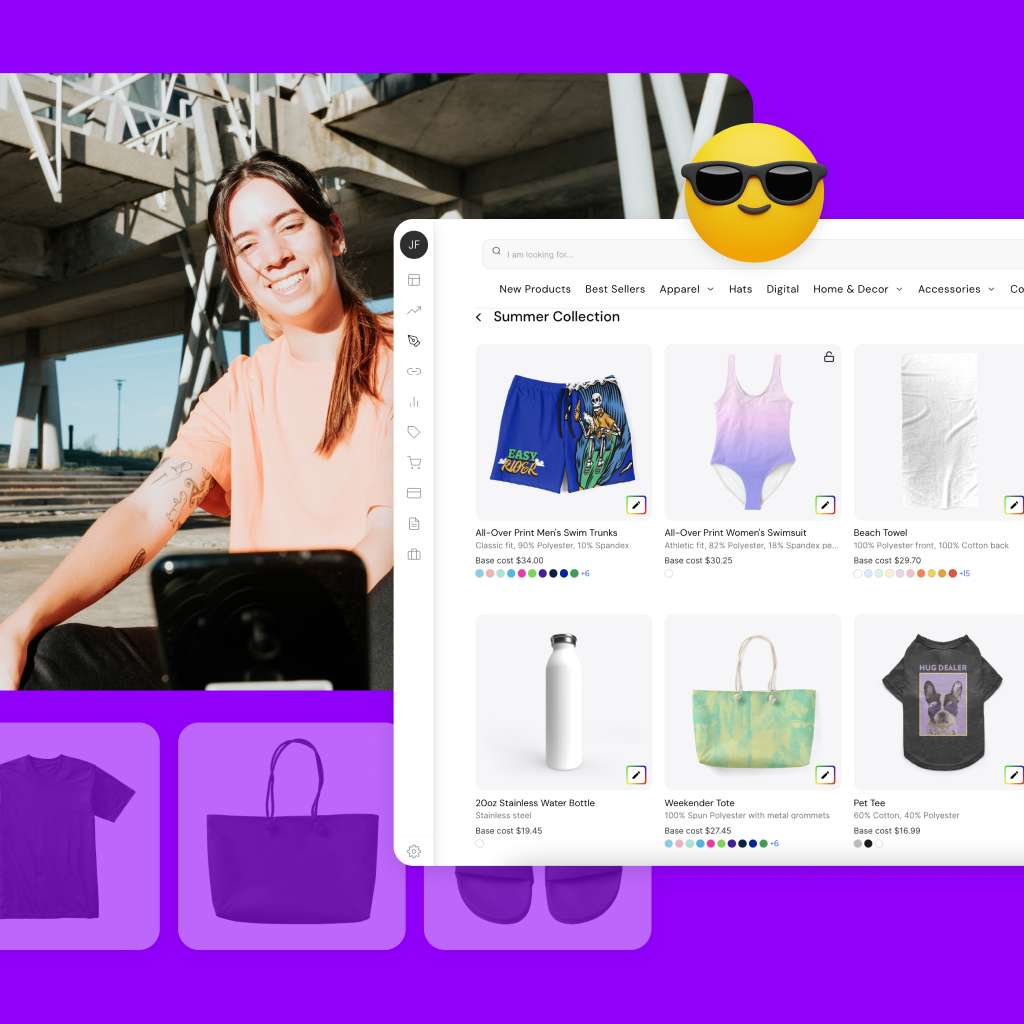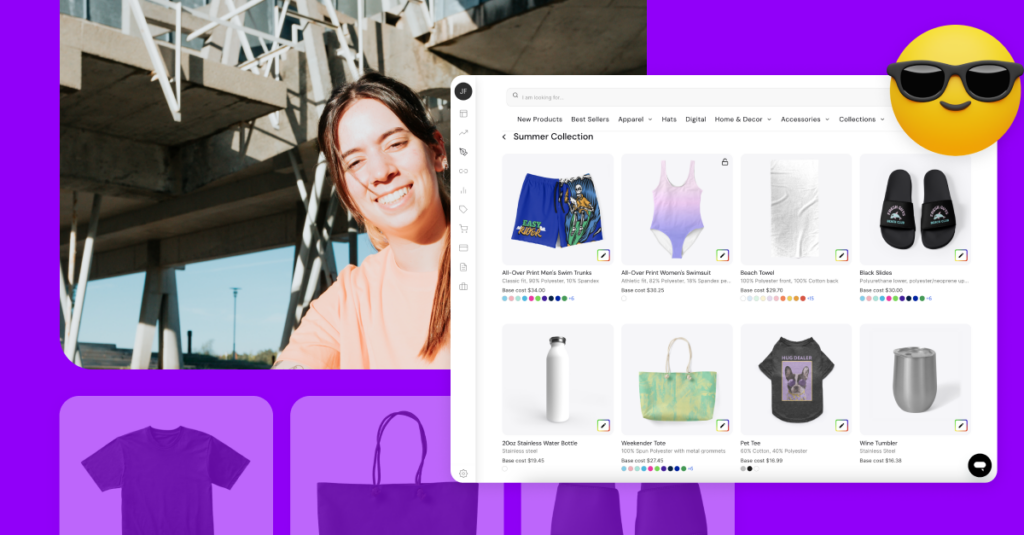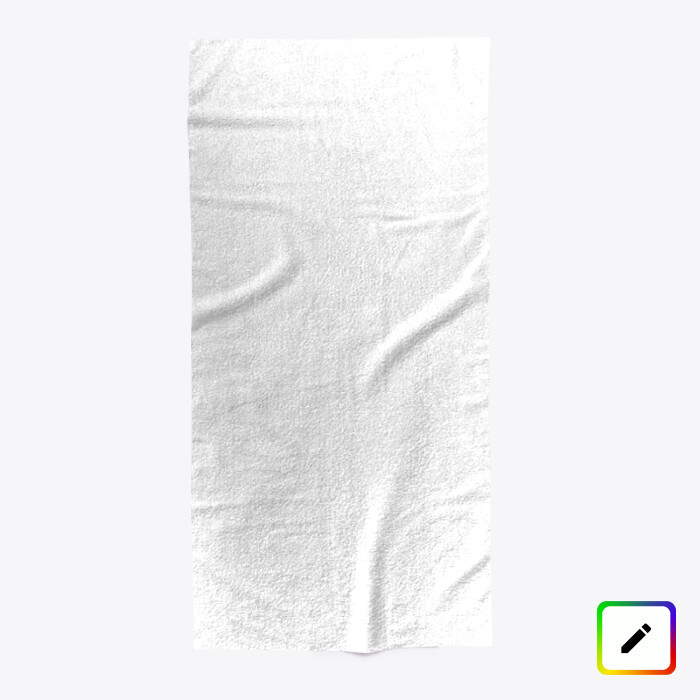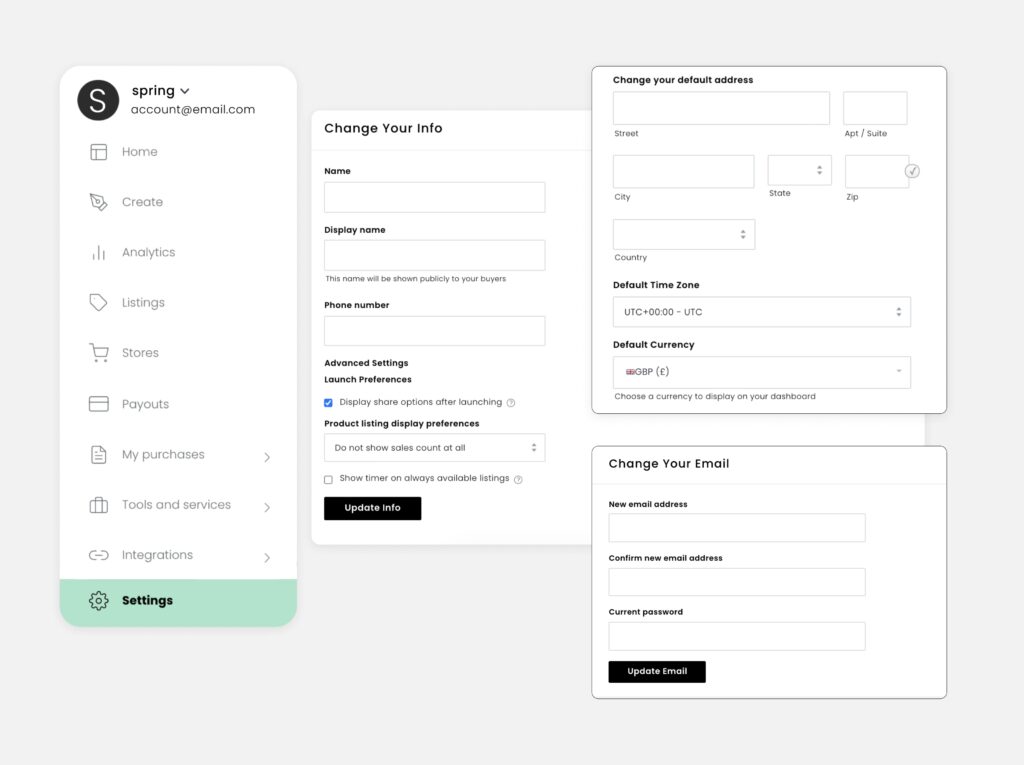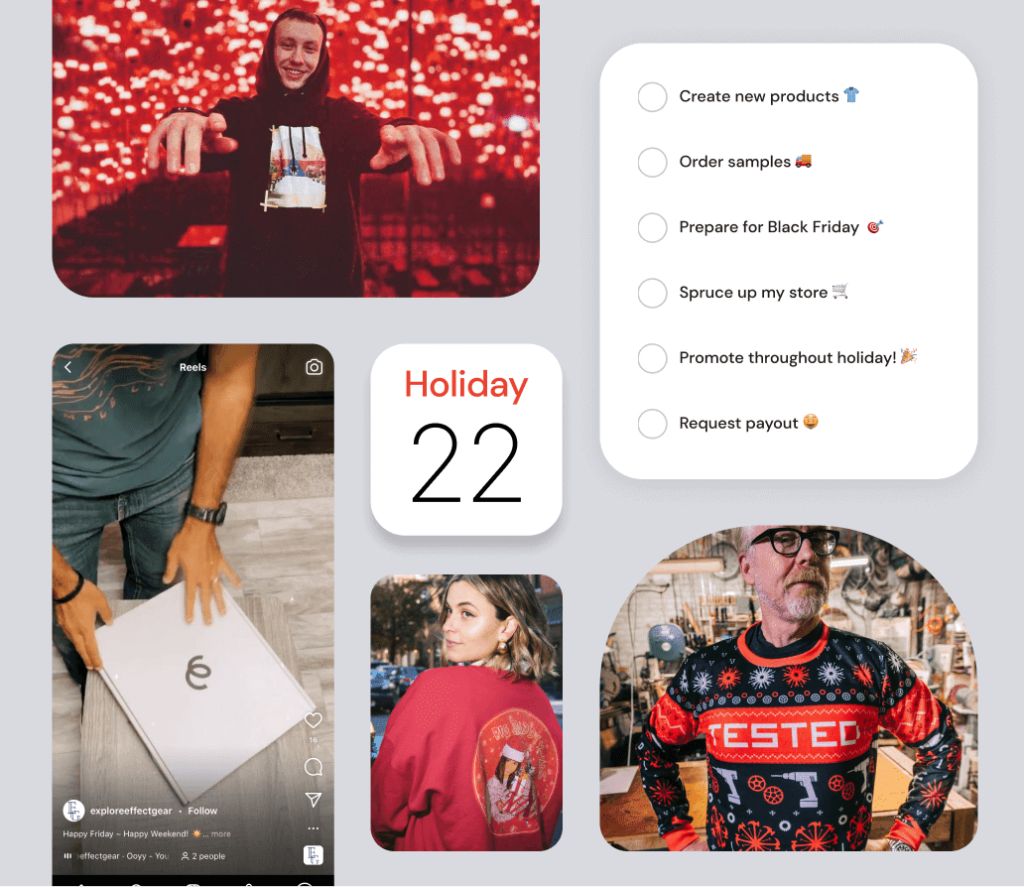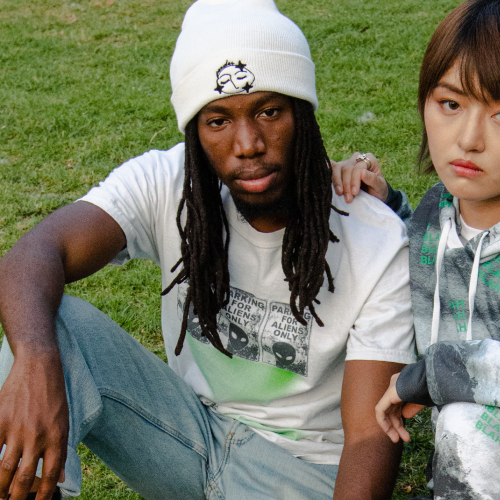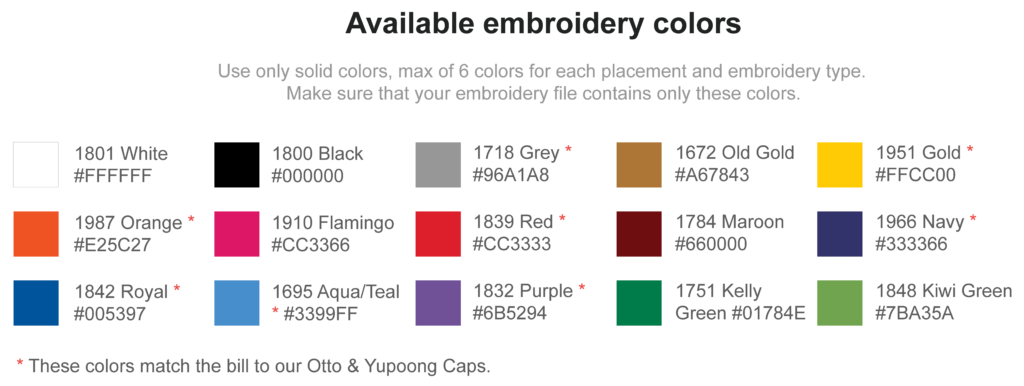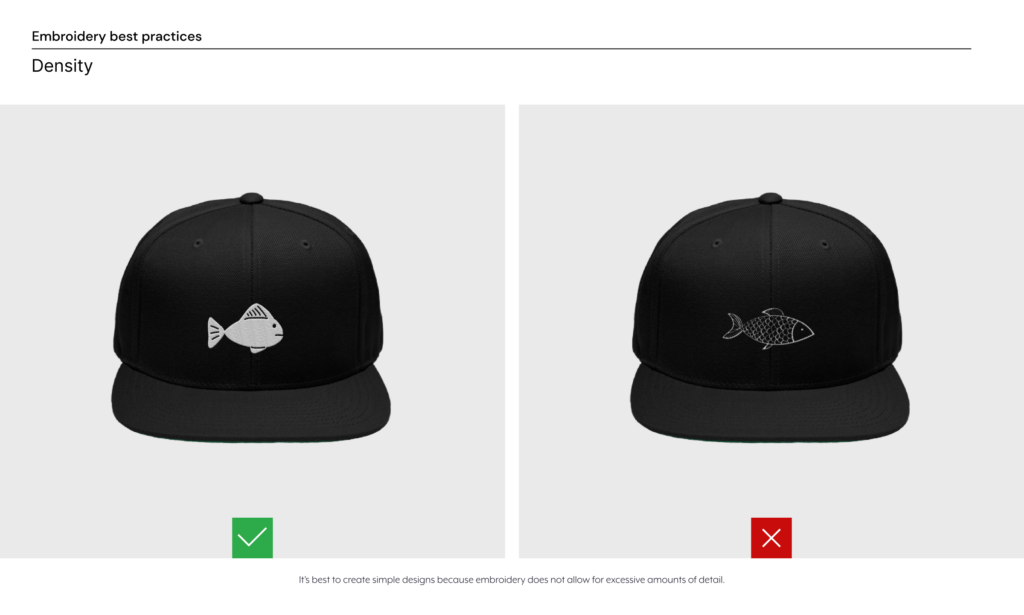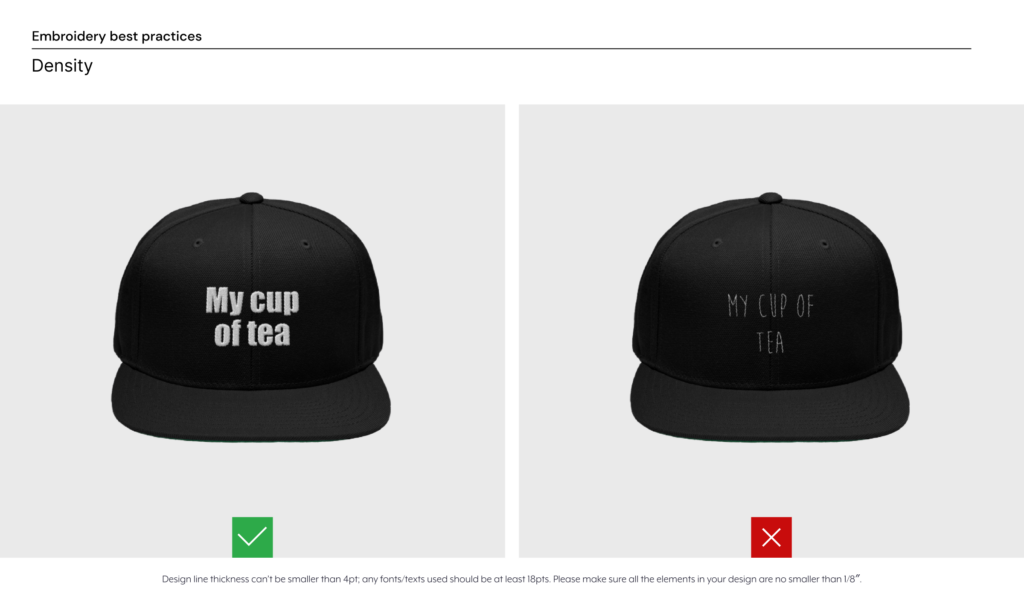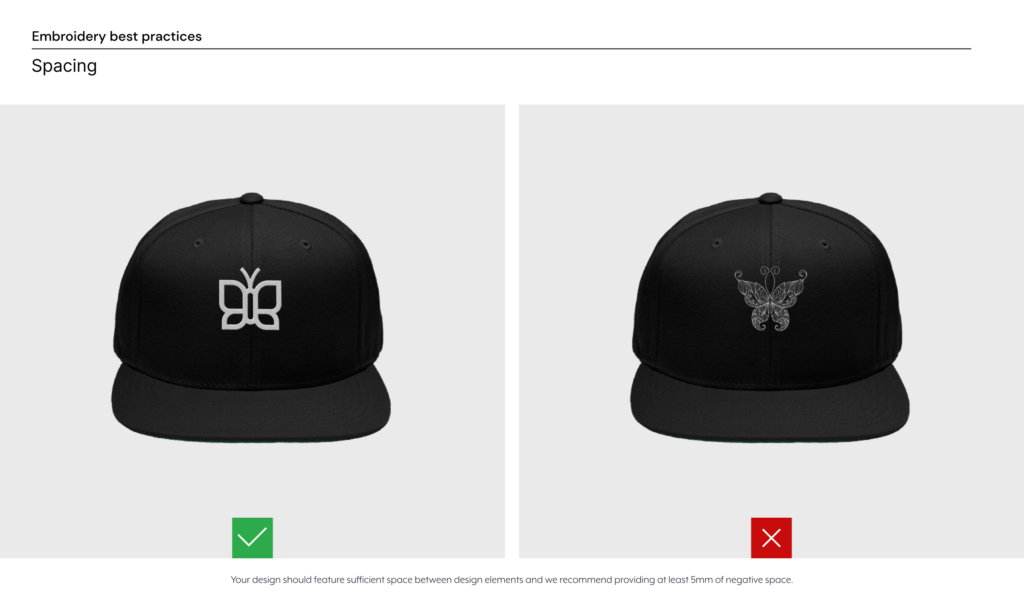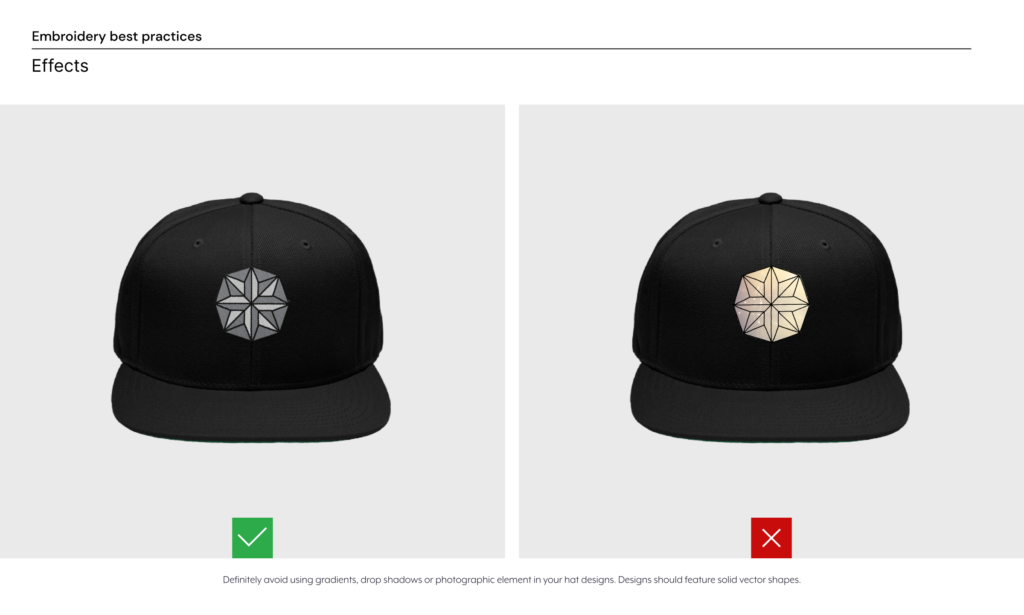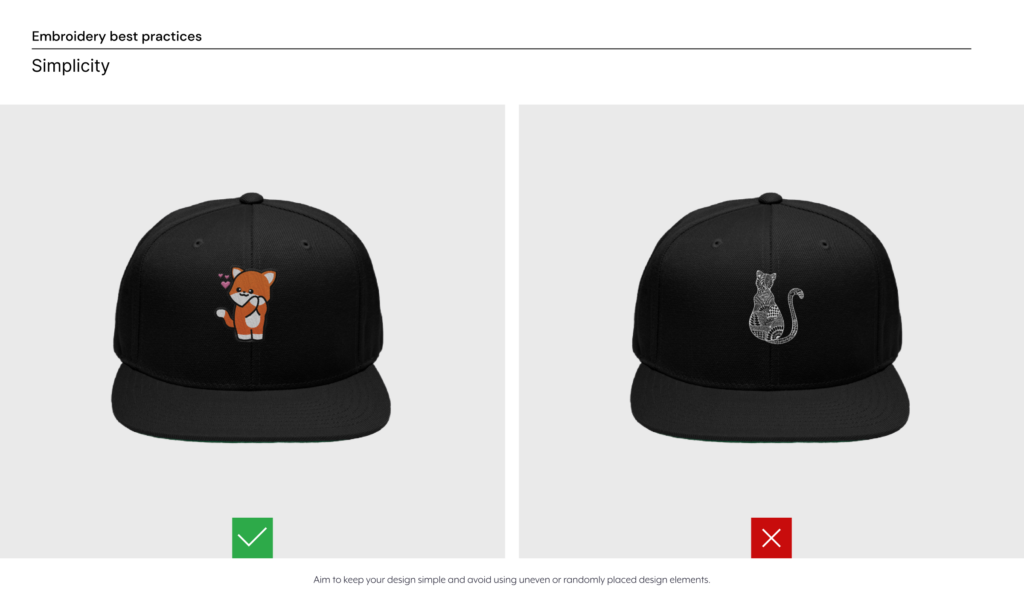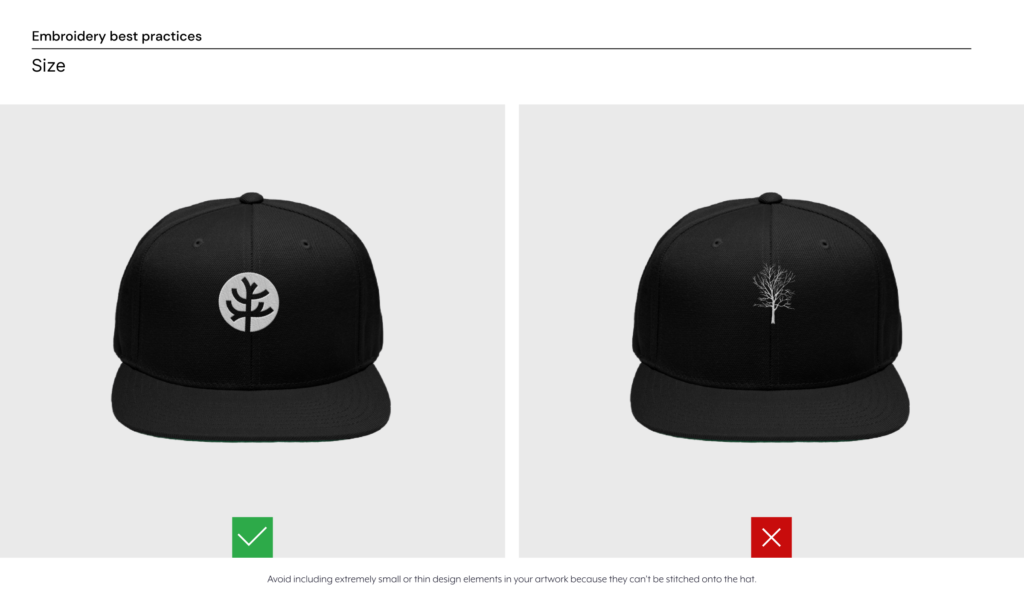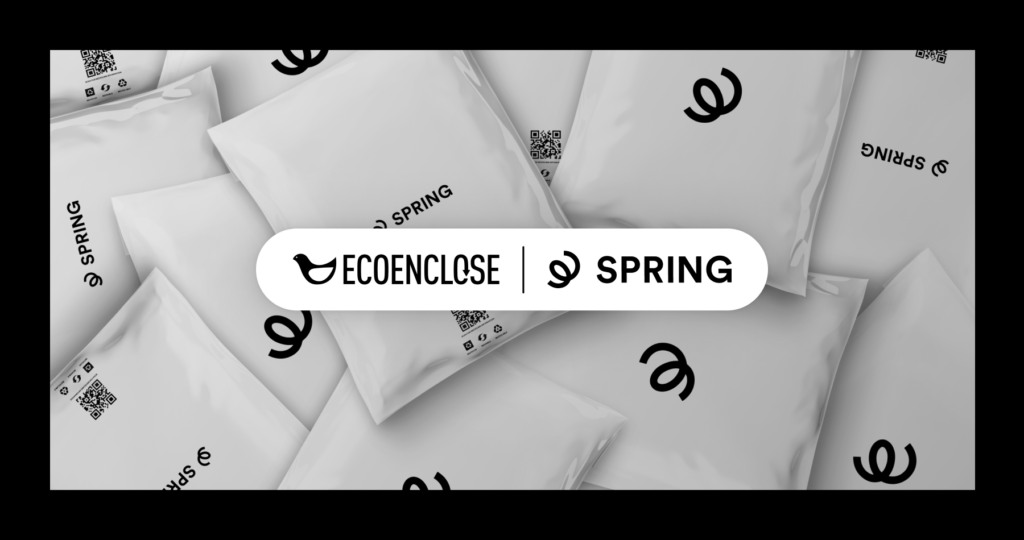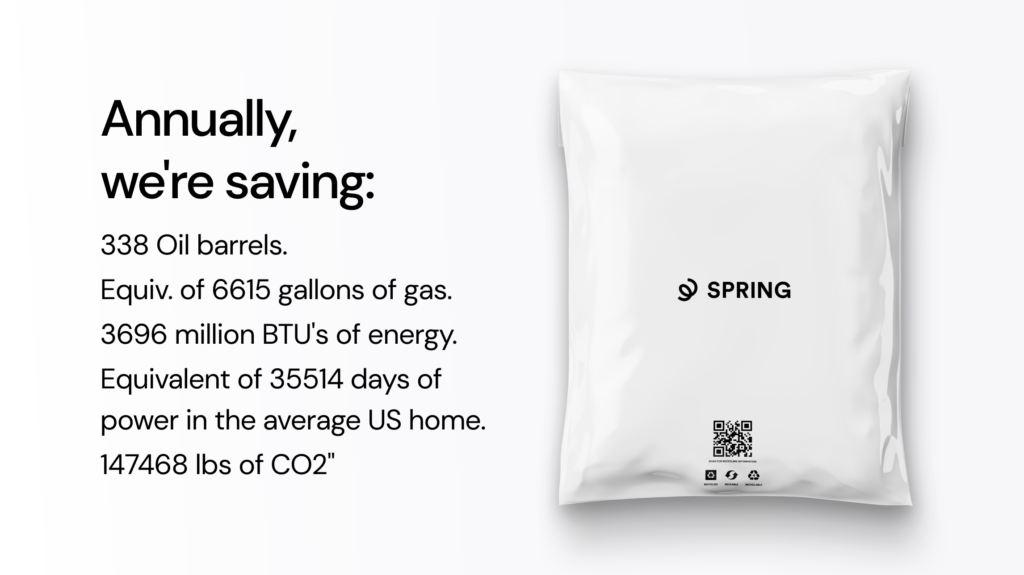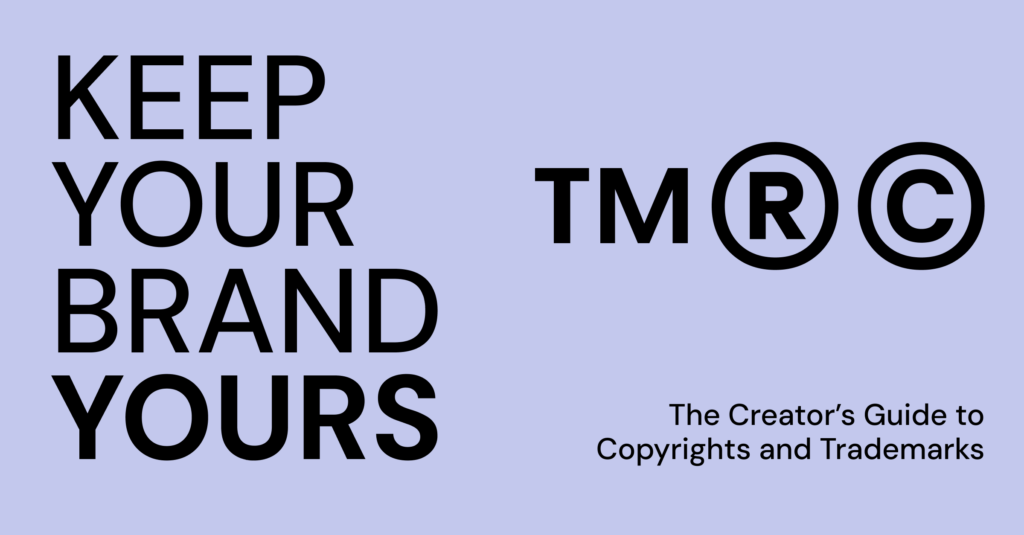
Let’s get real: as a content creator, your work is basically your baby, right? Whether it’s that super catchy slogan everyone quotes, your fire logo, or a design that’s totally your vibe, these aren’t just fun little side projects. They’re your brand. And as your brand starts blowing up, you better believe others are going to take notice—some might even try to snag your ideas if you’re not careful. That’s where copyrights and trademarks come in, to keep your stuff yours and protect you from anyone trying to ride your creative coattails.
By the end of this guide, you’ll know the difference between copyrights and trademarks, how to get your hands on them, and why they’re the best way to safeguard your creative empire. We’re about to break it down for you so that you can make moves like a pro, keep your brand safe, and avoid any messy legal drama down the line. Ready to level up? Let’s go.
Quick Jump to the Section You Need:
- Copyright vs. Trademark
- How to Get Your Work Trademarked
- How to Copyright Your Creative Work
- How Long It Takes
- What It Costs
- Your Rights Once It’s Protected
Copyright vs. Trademark: What’s the Difference?
Alright, let’s break it down in a way that won’t make your head spin: copyrights and trademarks might seem like they’re the same thing, but they’re actually here to do different jobs for your brand.
- Copyright allows you to protect your creative work. If you’re an artist, designer, or creator making original content (think artwork, designs, music, videos, etc.), copyright is your best friend. The moment you create something tangible—like uploading a design or a video—you automatically have copyright protection. But here’s the kicker: registering it officially gives you even more legal muscle if someone tries to rip you off.
- Trademark, on the other hand, is about protecting your brand’s identity. This includes things like your slogan, brand name, or logo—anything that makes your brand instantly recognizable in the marketplace. So, if you’ve got a killer catchphrase that’s become part of your brand, you’re going to want to trademark it before someone else does. Unlike copyright, trademarking isn’t automatic; you’ve gotta file for it.
Quick Recap:
- Copyright = Protects your creative work (e.g., designs, videos, written content).
- Trademark = Protects your brand elements (e.g., logos, slogans, brand names).
Which One Do You Need? If you’re designing merch or have a unique logo or slogan associated with your brand, you’ll probably want both! Copyright protects the creative stuff you’ve made, while trademarks lock down the branding that makes your content or products stand out.
Why Trademarking is a Big Deal for Creators
Your slogan, logo, and overall brand vibe are what make you stand out. They’re what people remember, what they associate with you, and ultimately what can help you monetize your creative genius. So, if you don’t protect these key pieces of your brand, you’re basically leaving the door wide open for someone else to swoop in and take what’s yours. And trust us—you do not want that kind of drama.
Here’s why trademarking your stuff is a must:
- Protect Your Brand Identity: Your slogans and logos aren’t just cool design choices; they’re how people recognize you. If you don’t trademark them, someone else could legally claim them, and suddenly, that iconic catchphrase isn’t even yours to use anymore. Harsh, right?
- Turn Your Trademark into a Business Asset: A trademark can seriously add value to your brand, especially if you start selling merch or expanding your business. Your logo or slogan could become a huge part of your income stream, and trademarks protect you as your business grows.
- Stop Others from Cashing In on Your Work: Without a trademark, other people could use your branding, confusing your fans and potentially taking sales away from you. It’s like someone else cashing in on your hard-earned success. Nope!
Take TikToker Jools Lebron as a real-world example. Her catchphrase, “very demure, very mindful,” blew up, and it seemed like everything was going great—until someone else trademarked it before she could. Oof. Jools had poured so much time into building her brand around this phrase, but without the right protection, she couldn’t do anything about it at first. She was super open about how tough it was, posting on TikTok about how she didn’t have the resources or knowledge to avoid the situation(PinkNews)(indy100).
Thankfully, she’s getting it sorted now with a solid team backing her up, but it’s a major reminder: if you don’t lock down your brand early, someone else might beat you to it. Trademarking from the start saves you from the headaches (and maybe a few sleepless nights) later on.
Bottom line? Protect your brand, protect your future. Trademarks might not sound glamorous, but they’re your brand’s secret weapon.
Step-by-Step Guide to Trademarking Your Work
Ready to make sure no one can steal your brand’s vibe? Let’s go step-by-step so you can trademark your work like a pro. This might sound a little overwhelming, but don’t worry—it’s easy to follow!
Step 1: Do a Trademark Search
Before you get too hyped, you’ve gotta make sure someone else hasn’t already claimed your genius idea. This means doing a trademark search to check if your logo, slogan, or whatever you want to protect is already taken. Head to the USPTO (United States Patent and Trademark Office) database and search for any similar trademarks in your field. If you’re outside the U.S., make sure you’re using the right database for your country.
Pro tip: Do this early! You don’t want to spend time building your brand only to find out someone else got there first.
Step 2: Prep and File Your Application
Once you know your brand is all yours, it’s time to file! You’ll need to include the details of what you’re trademarking—whether it’s a logo, slogan, or both—and how you plan to use it (for example, on merch, in branding, etc.).
You’ll also need to pick a “class” for your trademark, which basically means choosing the category that best describes your business or product. There are a bunch of different classes (like clothing, entertainment, etc.), so make sure to choose the one that fits your brand.
Step 3: The Waiting Game (aka Application Review)
Once your application is filed, it goes to the USPTO for review. They’ll check to make sure your trademark meets all the criteria and that it’s not too similar to any existing trademarks. This part can take a while—sometimes months—so be patient!
Step 4: Publication and Opposition
If your application passes the review, it gets published for the world to see. This is when other people have a chance to speak up if they think your trademark is too close to theirs. Don’t stress—oppositions don’t happen too often, but it’s something to be aware of.
Step 5: Trademark Approved!
Congrats—you’ve made it! Once your trademark is approved, you’ll have the exclusive rights to use it in the categories you selected. That means you can slap it on your merch, use it in your branding, and no one else can touch it without your permission.
How to Copyright Your Work
If you’ve created something original, you’re already halfway there when it comes to copyright protection. Let’s walk through the process to make sure your work is fully locked down.
What Can Be Copyrighted?
Basically, any original work you’ve created can be copyrighted—whether it’s a logo design, video content, illustrations, written content, or even music. If you’ve put in the effort to make something new and creative, copyright can protect it.
Step 1: Create Your Work
Good news: copyright protection kicks in automatically the moment you create something and put it out there in a tangible form (like uploading a video or finalizing a design). You don’t need to file for it to get some level of protection, but don’t stop there—filing it officially gives you extra backup in case someone decides to mess with your work.
Step 2: Register Your Copyright (Optional but Highly Recommended)
While copyright protection is automatic, registering it gives you that legal muscle you’ll need if someone copies your work. It’s super helpful if you ever end up in court defending your creations. Here’s how you do it:
- Go to the U.S. Copyright Office website (or the equivalent office in your country).
- Submit an online application with the details of your work, and upload the content you want to protect (this could be a file of your design, a video, a script, etc.).
- Pay the filing fee (don’t worry, it’s usually not too expensive).
Step 3: Play the Waiting Game
Once your application is in, the approval process can take a few months. But once you’re registered, your work is fully protected under copyright law, meaning you’ll have a way stronger case if someone tries to copy or steal your stuff.
How Long Does It Take?
When it comes to locking down your creative work, patience is key—these things take time! Here’s what you can expect when going through the trademark or copyright process:
Trademarking: 6-12 Months (ish)
The trademark process isn’t exactly lightning-fast. On average, it takes around 6 to 12 months to get your trademark fully approved. Why the wait? Well, it depends on a few factors:
- Complexity of your trademark: If your logo, slogan, or design is super unique, you might breeze through the process. But if it’s similar to something already out there, the reviewing process could take longer.
- Oppositions: After your trademark application is published, there’s a window where others can challenge it if they feel it’s too close to theirs. If someone opposes your application, that could slow things down.
Bottom line: trademarking takes time, so get started early to avoid delays messing with your business plans!
Copyrighting: Instant (Kinda)
Good news: your work is automatically copyrighted the second you create it and put it in a tangible form. But if you want to take that extra step and register your copyright (which, let’s be honest, you definitely should), the whole process takes about 3 to 6 months for full registration.
During this time, your work is still protected, but having that official registration gives you way more legal power if someone tries to steal your stuff.
So, while both processes take a bit of time, it’s worth it to protect your creative empire! Just be patient, and your brand will be locked down before you know it.
How Much Does It Cost?
Here’s the rundown on what you’re looking at when it comes to protecting your work:
Trademarking:
- USPTO Filing Fees: The cost starts at $250 per class of goods or services if you use the TEAS Plus application and $350 per class for the TEAS Standard application (USPTO).
- Additional Costs: If you decide to work with a lawyer (which is often a good idea), that can cost anywhere from $750 to $3,000 depending on the complexity of your case (Counsel for Creators LLP).
Copyrighting:
- Basic Filing Fee: In the U.S., the fee to officially register your copyright is about $65 (USPTO) (Counsel for Creators LLP).
These fees can vary slightly in other countries, but this gives you a general idea of what to expect. If you’re ready to lock down your brand, it’s worth considering these costs upfront!
When you officially trademark or copyright your creative work, you’re gaining some powerful rights. Here’s a breakdown of what you can expect:
What Rights Do You Have After Trademarking or Copyrighting?
For Trademarks:
- Exclusive Use: Once your slogan, logo, or brand identifier is trademarked, you have the exclusive right to use it in your specific field. That means no one else can use it without your permission, preventing brand confusion.
- Legal Protection: If someone tries to copy or misuse your trademark, you have the right to take legal action. This can involve anything from sending a cease-and-desist letter to suing for damages.
- Licensing: You can license your trademark to others, meaning you can allow other businesses or individuals to use your branding in exchange for a fee. This is especially handy for creators who want to expand into merchandising or collaborations.
For Copyrights:
- Reproduction Rights: Copyright gives you the exclusive right to reproduce, distribute, and display your original work (e.g., designs, videos, artwork). This means you control how and where your work is shared or sold.
- Infringement Protection: If someone uses your copyrighted work without your permission, you can take legal action. This might involve suing for damages, getting your work taken down from platforms, or stopping unauthorized use entirely.
- Licensing and Selling: Like trademarks, copyrights allow you to license or sell your work to others. You can also earn royalties if your work is used commercially, giving you a continuous revenue stream.
Having these protections ensures that your brand and creativity remain under your control, giving you full ownership of how your work is used and monetized!
What Rules Do You Need to Follow Once Your Work Is Trademarked?
Once you’ve secured a trademark, it’s not just a “set it and forget it” deal. There are a few important rules and guidelines you need to follow to keep your trademark in good standing:
- Use It or Lose It: Trademarks must be actively used in commerce. If you stop using your trademark for an extended period (typically three years or more), it could be considered “abandoned,” and you might lose the exclusive rights to it. So, keep your trademark in regular use on your products, services, or branding materials.
- Renewals Are a Must: Trademarks in the U.S. need to be renewed. The first renewal happens between the 5th and 6th years after registration (filing a Section 8 Declaration of Continued Use), and then again every 10 years. These renewals require proof that you’re still using the trademark in commerce (USPTO) (USPTO).
- Monitor for Infringement: It’s your responsibility to keep an eye out for anyone infringing on your trademark. The USPTO won’t monitor this for you, so you need to be proactive in protecting your rights. If someone uses your trademark without permission, you can (and should) take legal action to enforce your rights.
- Maintain Proper Use: Make sure you’re using your trademark consistently and correctly. This means using the exact version of your logo or slogan that you registered. Any major changes might require filing a new trademark application. Also, don’t forget to use the trademark symbol (™) before registration and the ® symbol once it’s officially registered.
At the end of the day, your creative work is your brand, and that brand is your future. As a creator, locking down your intellectual property—whether it’s a slogan, design, logo, or more—shouldn’t be something you put off. Here’s why:
Secure Your Brand’s Future: As your brand grows, your intellectual property (IP) can turn into one of your most valuable assets. Whether you’re launching merch, expanding your online presence, or collaborating with other creators, having the legal rights to your work ensures that no one else can cash in on what you’ve built. Plus, a protected brand is far more attractive to potential partners or buyers.
Take the First Step Today: The longer you wait to protect your IP, the more you risk someone else claiming it first. Copyrighting or trademarking your work early on can save you from the legal mess and stress that comes with trying to reclaim your creations later. Protecting your work upfront is like putting up a fence around your creative empire—it keeps others out and keeps your brand safe.
- For Trademarks: Head over to the USPTO (United States Patent and Trademark Office) and start the trademark application process here.
- For Copyrights: You can register your copyright with the U.S. Copyright Office by visiting their site here.
These official resources will guide you through the process, and you’ll be one step closer to locking down your creative assets!
